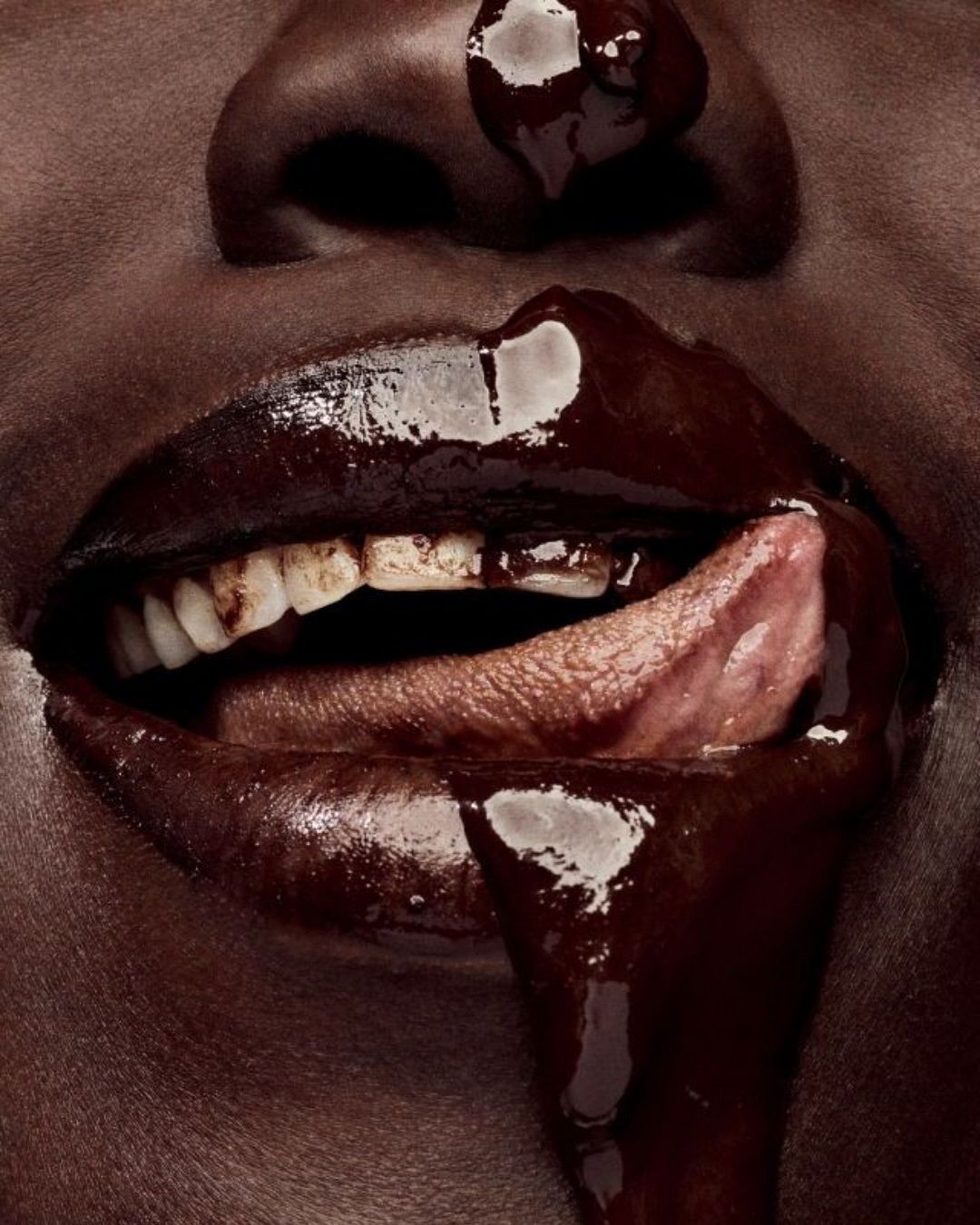
Why there is so much talk on TikTok about a lipstick from MAC It has something to do with the "surprise effect" and the resell
Last week the new issue of Grazia hit the newsstands and included a Mac Powder Kiss lipstick for €2.50 instead of the usual €2. So far, so normal, the deal seemed quite tempting, as the lipstick, which you get for free with the magazine on the brand's official website in full size, costs €26. In short, in the eyes of those who were able to grab the lipstick and magazine combo, it was an affordable deal. So much so, that quite a few resold the lipstick on second-hand platforms like Vinted, where it cost up to €25, rather than keeping the product itself. In recent years, we have become accustomed to seeing everything - from trainers from Lidl to products we have received as gifts from influencers - pop up on resale platforms and be resold at a high price. Each time, apart from the obvious financial gain to the retailer, we wonder whether or not this is ethical. And as always, we are ready to give a negative verdict. The same happened with the "collaboration" between Grazia and Mac, but just as we are not forced to respond to the lure of covermount gifts, no one is forcing us to buy the lipstick we think will be resold with the magazine. If we do not fuel the FOMO of owning the latest must-have, this kind of lucrative resale would exhaust itself. But things are never that simple, are they?
@giuliettaghe Rossetto Mac in omaggio con Grazia #rivista #omaggio #mac #rossetto #grazia #edicola #viral #fyp love nwantinti (ah ah ah) - CKay
From a marketing point of view, there are many reasons for this ploy: for the magazine, it's about increasing sales of a particular issue and investing in the casual reader who has been lured by the giveaway and will hopefully come back next month, even if there are no other free products. Whether it is actually beneficial depends on many factors, and the marketing campaign does not always prove to be a success. However, for the reader who receives a bijoux or other small item for free or for a small financial contribution, it is almost always successful. Without going into the ethical implications and those of sustainability (there is a similar danger here as with dupes), there is no denying that it is a pleasure to hold an eyeshadow in one's hands that would normally cost "a lesser amount "x".
@moonlightraff Che imbarazzo davvero. #mac #grazia #vinted Beat Automotivo Tan Tan Tan Viral - WZ Beat
One of the first magazines in Italy to give away giveaways was Cioè in the 1980s. Heart-shaped erasers, posters, make-up, temporary tattoos, fabric bags, bubbles, rings, bracelets, pendants, figurines and small stationery, ... when I was a kid, I would go to the newsstand and choose what to buy, not only based on the cover and the content, but also on what I would get to read with the few pages. This habit has continued thanks to the mini-bazaar of women's magazines, which from time to time, especially in summer, offer a selection of gadgets for free or with a few euros added to the cover price. Often these are things that you can also get in the supermarket or perfumery for a higher amount. Not just nothing special. Nothing desirable. And yet they exert an irresistible attraction on many of us. Like when you go to the perfumery and spend hundreds of euros on skincare products, but then when you get home with your bag, you are most excited about the clutch bag, the mini sizes of creams and lipsticks you got as gifts. These little things that you do not need and that you tell yourself you got for free make you feel good, like unwrapping an unexpected gift. It is a futile and fleeting pleasure, but one that we chase more or less unconsciously every time we buy a magazine because of the gadget it comes with and not just because we feel like reading that particular editorial project.
























































